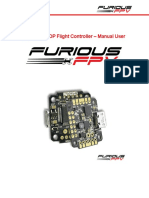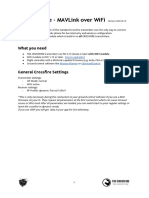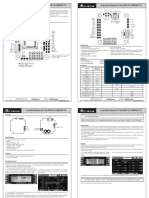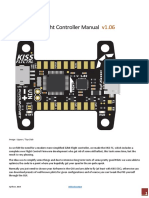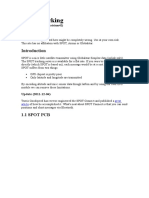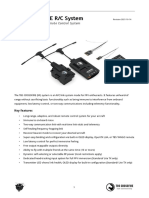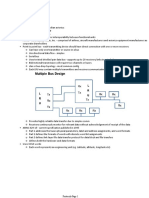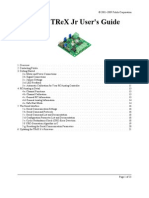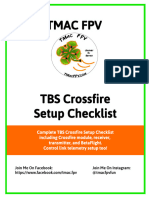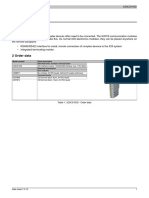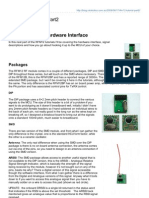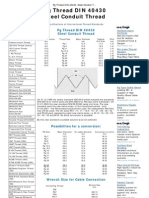0% found this document useful (0 votes)
152 views12 pagesFPV Protocols
The document provides an overview of various RC protocols used in FPV drones, categorizing them into three groups based on their communication functions. It details common transmitter (TX) and receiver (RX) protocols, highlighting the most popular ones like CRSF, SBUS, and DSHOT, along with their specific characteristics and compatibility. Additionally, it discusses the importance of latency in communication between components and offers insights into the practical implications of choosing the right protocols for drone operation.
Uploaded by
raymond MARTICopyright
© © All Rights Reserved
We take content rights seriously. If you suspect this is your content, claim it here.
Available Formats
Download as PDF, TXT or read online on Scribd
0% found this document useful (0 votes)
152 views12 pagesFPV Protocols
The document provides an overview of various RC protocols used in FPV drones, categorizing them into three groups based on their communication functions. It details common transmitter (TX) and receiver (RX) protocols, highlighting the most popular ones like CRSF, SBUS, and DSHOT, along with their specific characteristics and compatibility. Additionally, it discusses the importance of latency in communication between components and offers insights into the practical implications of choosing the right protocols for drone operation.
Uploaded by
raymond MARTICopyright
© © All Rights Reserved
We take content rights seriously. If you suspect this is your content, claim it here.
Available Formats
Download as PDF, TXT or read online on Scribd
/ 12




